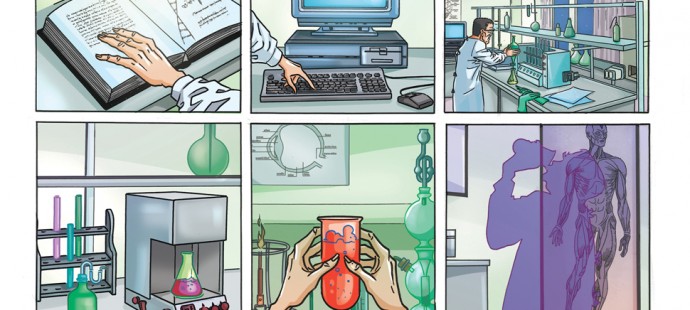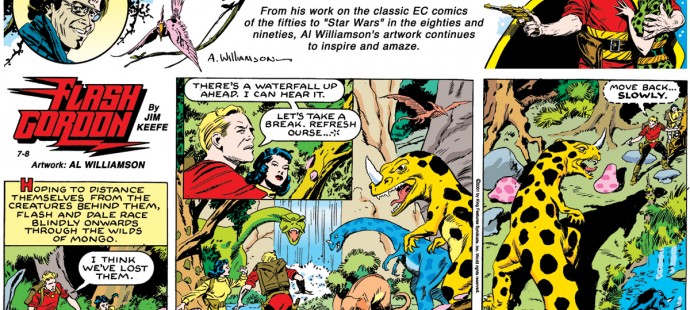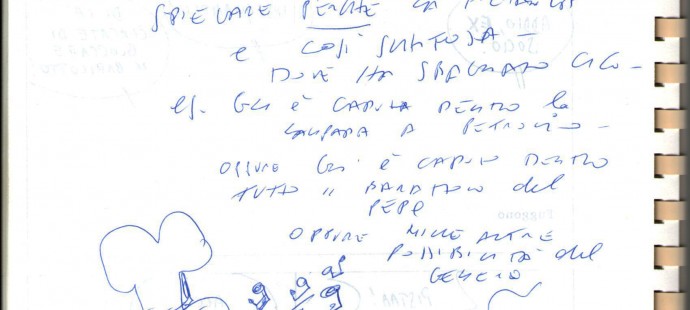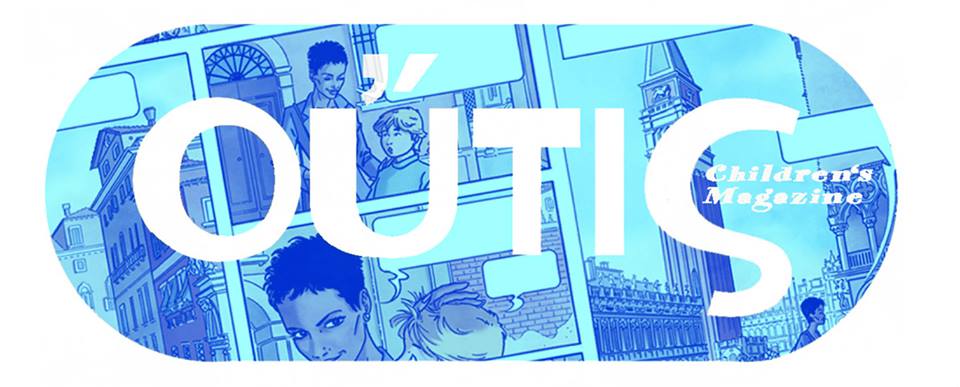
Anna e Mathias #37 adventure in Venice
Mathias & Anna #37 weekly page by adventure in Venice “un inferno a Venezia”. Album #2, fall 2016 SERIE: Mathias STORY/ART: Giancarlo Malagutti GENRE: Adventure/Mystery/Thriller/Fantasy TARGET READERSHIP: All ages, both sexes SETTING: Well ...





